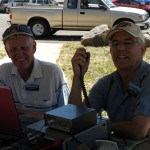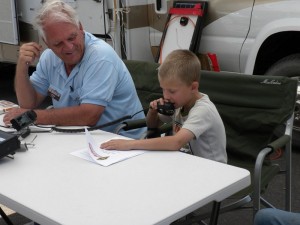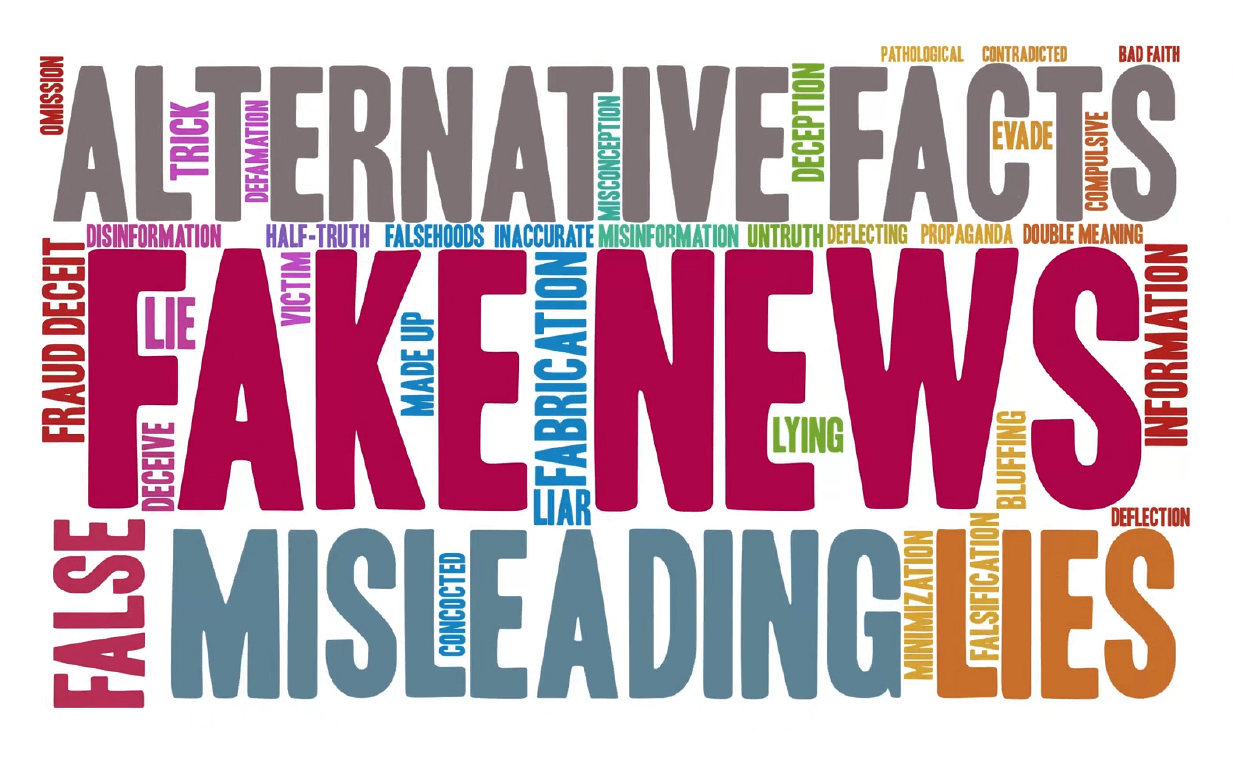Cottonwood AZ (June 19, 2012) – Despite the Internet, cell phones, email and modern communications, every year whole regions find themselves in the dark. Tornadoes, fires, storms, ice and even the occasional cutting of fiber optic cables leave people without the means to communicate. In all cases, the one consistent service that has never failed is amateur radio. Amateur Radio operators, often called “hams”, have provided backup communications systems for everything from the American Red Cross to FEMA and even the International Space Station.
This weekend on top of Mingus Mountain, the public is invited to join Verde Valley “hams” and thousands of other Amateur Radio operators as they demonstrate emergency communication capabilities. The June 23-24 event at Mingus’ Summit Picnic Site, SR 89A and Forest Road 104, is the climax of the week-long Amateur Radio Week sponsored by amateur radio’s national association, American Radio Relay League (AARL).
Over 35,000 ham operators participated in last year’s event.
When All Else Fails Ham Radio Works is more than a slogan to amateur radio operators who send messages without the use of phone systems, Internet or any other infrastructure that can be compromised in a crisis. Using only emergency power supplies this weekend, ham operators will construct emergency stations in parks, shopping malls, schools and backyards around the country to demonstrate ham radio crisis and disaster communication capabilities.
“The fastest way to turn a crisis into a total disaster is to lose communications,” said Allen Pitts of the ARRL. “From the earthquake and tsunami in Japan to tornadoes in Missouri, ham radio provided the most reliable communication networks in the first critical hours of the events. Because ham radios are not dependent on the Internet, cell towers or other infrastructure, they work when nothing else is available. We need nothing between us but air.”
Amateur Radio is growing in the United States. There are now over 700,000 Amateur Radio licensees in the U.S. and more than 2.5 million around the world. Through the ARRL’s Amateur Radio Emergency Services program, ham volunteers provide both emergency communications for thousands of state and local emergency response agencies and non-emergency community services, all for free.
During the June 23-24, 2012 Mingus Mountain event, the Verde Valley Amateur Radio organization will demonstrate ham radio’s new capabilities and provide the public with FCC radio licensing information.
The public is reminded that communication in a crisis is key to preventing a disaster. Information on HAM radio and the local VVARA organization is found on the web at VVARA.org.




